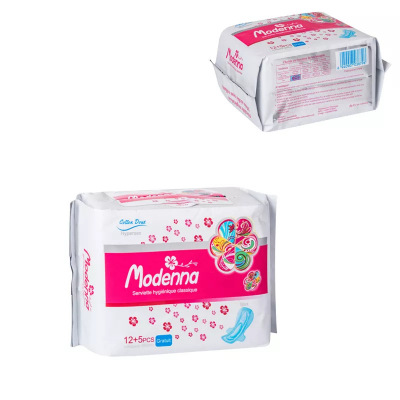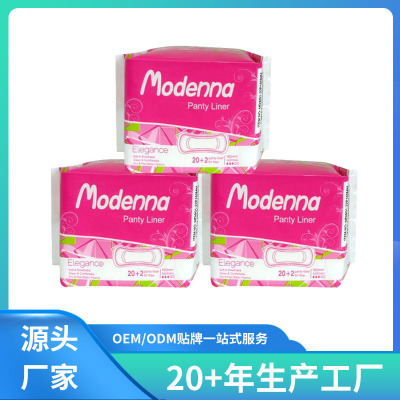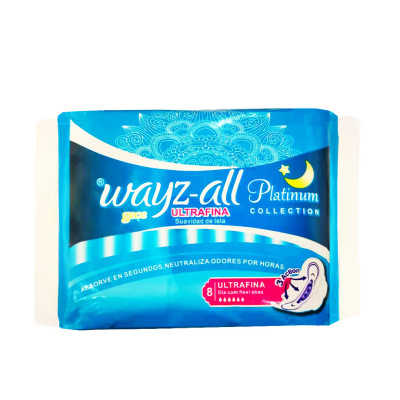A historical review of sanitary napkins: changes from ancient to modern times
A historical review of sanitary napkins: changes from ancient to modern times
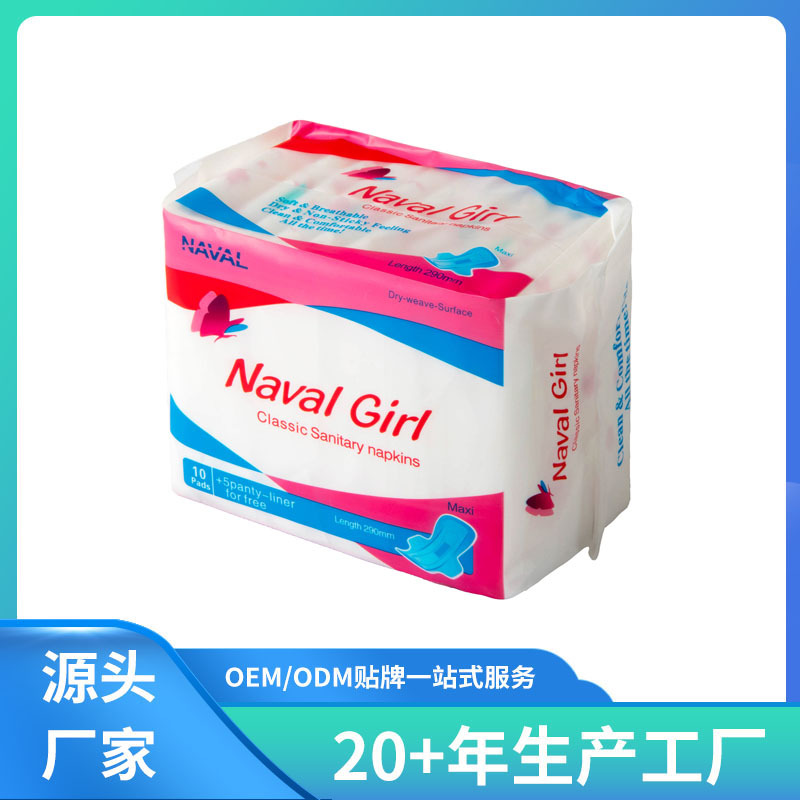
In the long river of human civilization, sanitary napkins, as an important tool for women's menstrual care, have not only witnessed the evolution of women's health concepts, but also deeply reflected the changes in social culture. From the initial primitive simplicity to the current technological and humanized transformation, every change in sanitary napkins carries women's unremitting pursuit of quality of life.
The crude response of primitive society
In distant primitive societies, women had extremely primitive ways of handling menstruation. They can only use natural products such as hay or leaves to simply wipe blood stains, which is neither convenient nor hygienic. However, this was the most direct response that women of that era could find.
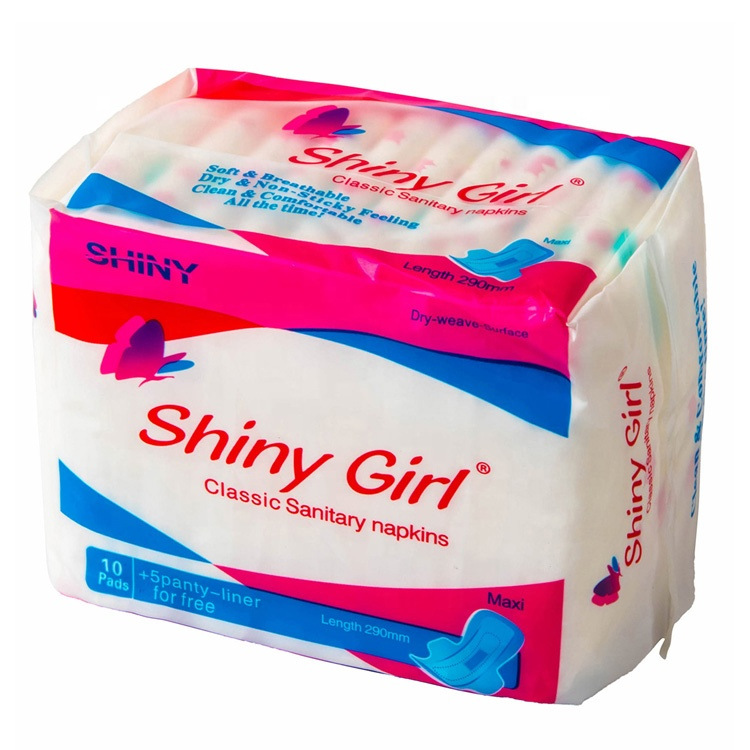
The Improvement of Slave Society and Feudal Society
With the progress of society, humanity gradually entered into slave society and feudal society. During this period, women began to use more complex objects to cope with menstruation. They sew underwear with tree bark or animal skin, and place dry materials such as plant ash on it to absorb dirt and blood. Although this "sanitary belt" has made progress compared to hay or leaves, it still requires repeated cleaning and reuse, which is time-consuming, labor-intensive, and prone to bacterial growth.
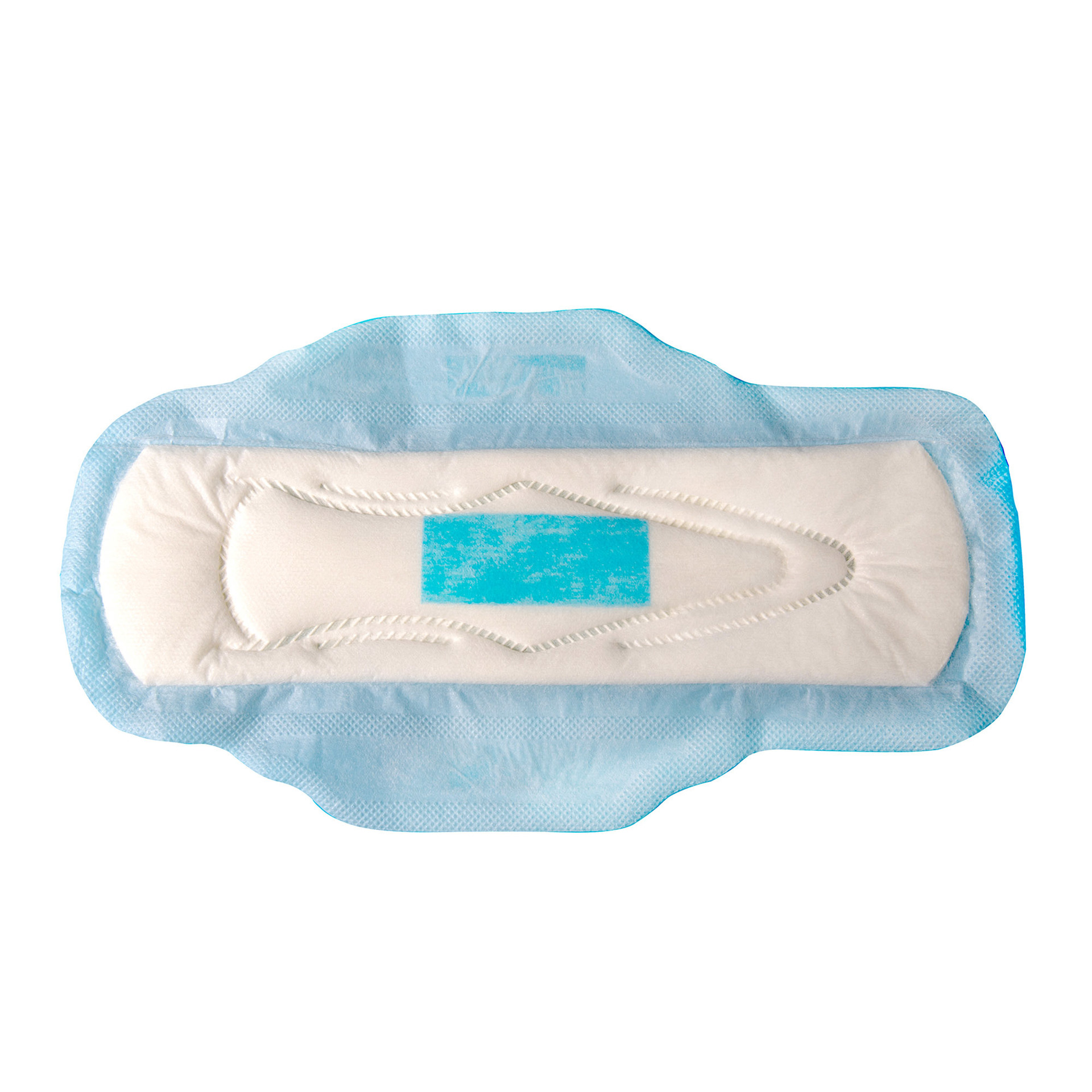
Preliminary changes in modern times
In modern times, with the rise of the Industrial Revolution, women's lifestyles began to undergo significant changes. Defatted cotton has become widely used in the medical field, which also provides the possibility for the initial transformation of sanitary napkins. However, the true concept of sanitary napkins has not yet emerged, and women still use items similar to sanitary belts.
The birth and development of modern sanitary napkins
The true revolution of sanitary napkins began in the early 20th century. During World War I, an American female nurse made the earliest sanitary napkins using bandages and medicinal cotton, which is known as one of the "Ten Great Inventions that Influenced Humanity in the 20th Century". Afterwards, sanitary napkins gradually moved towards industrial production and continuously improved their structure and function.
In China, the popularization of sanitary napkins began in the early 1980s. In 1982, China introduced its first sanitary napkin production line from Japan, marking the official entry of sanitary napkins into the Chinese market. Subsequently, domestic enterprises such as Heng'an Group rose one after another, promoting the rapid development of the sanitary napkin market. Nowadays, China has become one of the world's largest producers and consumers of sanitary napkins.
Technology and innovation lead the future
With the continuous advancement of technology, the production technology and materials of sanitary napkins are also constantly being updated and replaced. From traditional cotton sanitary napkins to various options such as dry mesh, soft cotton layer, and pure cotton layer; Diversified designs ranging from single absorbent cores to composite cores, new types of cores, etc; Every innovation in sanitary napkins is aimed at better meeting the needs of women.
At Yiwu Haglebo Daily Necessities Co., Ltd. (Address: 2nd Floor, Gate 87, Zone 4, Yiwu International Trade City), we are committed to providing consumers with high-quality and diversified sanitary napkin products. By introducing advanced technology and equipment, we continuously develop sanitary napkin products that better meet the physiological characteristics and health needs of women. Whether it's daily care or special needs, we can provide you with the most thoughtful solutions.
epilogue
The history of sanitary napkins is a symphony of women's health and social progress. From the rudimentary response of primitive society to the innovative leadership of modern technology, every change in sanitary napkins embodies humanity's yearning and pursuit for a better life. In the future, with the continuous development of technology and the advancement of social culture, we have reason to believe that sanitary pads will become safer, more comfortable, convenient, and environmentally friendly to safeguard women's health.


